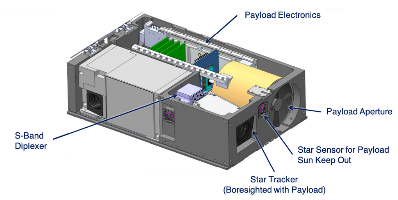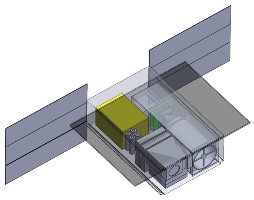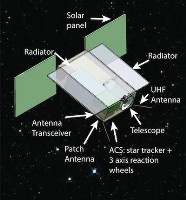| Name | SPARCS (Star-Planet Activity Research CubeSat) |
|---|---|
| Spacecraft type | CubeSat |
| Units or mass | 6U |
| Status | not launched, expected in 2025 |
| Launcher | Falcon 9, (Transporter-14) |
| Organization | Arizona State University |
| Institution | University |
| Entity | Academic / Education |
| Headquarters | US |
| Partners | University of Washington, University of Arizona, Lowell Observatory, Southwest Research Institute, NASA Jet Propulsion Laboratory |
| Oneliner |
Monitor the flares and sunspots of small stars to assess habitability of orbiting planets. |
| Description |
Star-Planet Activity Research CubeSat (SPARCS) is devoted to photometric monitoring of M stars in the far-ultraviolet (UV) and near-UV, measuring the time-dependent spectral slope, intensity and evolution of M-star stellar UV radiation. SPARCS will continually observe each selected target over at least one complete stellar rotation (5-45 days). SPARCS will also advance UV detector technology by flying high quantum efficiency (QE), UV-optimized detectors developed at Jet Propulsion Laboratory (JPL). Sudy the environment in other solar systems around the Galaxy's most common type of star. Monitor the flares and sunspots of small stars to assess how habitable the space environment is for planets. Scientific investigation mission to monitor the flares and stellar activity of small M-type stars, or red dwarfs, in the far- and near-ultraviolet region. Studying and understanding the environments of these stars can help assess the evolution and habitability of their space environment for planets in orbit. |
| Notes | |
| Sources | [1] [2] [3] [4] [5] [6] |
| Photo sources | [1] |
| COTS subsystems |
|
Last modified: 2025-04-19



